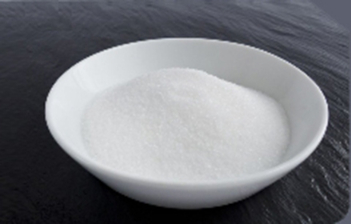Роль и механизм инноваций триполифосфата натрия в производстве керамики
Благодаря современным технологическим инновациям керамическая промышленность постепенно переходит на новый этап развития. Для решения проблемы плохой ликвидности гидратационной грязи триполифосфат натрия сыграл ключевую роль в производстве керамики в качестве разлагающего агента.
Классификация керамического клея
Керамические разлагающие агенты на рынке в основном делятся на неорганические соли и поликатолические. К неорганическим солям относятся водное стекло, карбонат натрия, триполифосфат натрия, поляризованный фосфат натрия и т.д.; к поликатомическим - слава натрия, гидроксилцеллюлоза натрия и либинсульфат натрия. Среди них триполифосфат натрия является широко используемым и эффективным средством разложения.
Механизм триполифосфата натрия
Роль триполифосфата натрия заключается в улучшении потенциала столба частиц децентрализованной системы, чтобы частицы целлюлозы сохраняли относительно стабильное расстояние в децентрализованной среде, чтобы не происходило воссоединения и осаждения, тем самым сохраняя стабильность децентрализованной суспензии. Он используется в качестве многоидентичного средства для снижения водопотребления, диспергатора, разбавителя или растворяющего агента, и важно подчеркнуть его значение в производстве керамики.
Механизм работы керамического клея
Механизм растворения керамических клеев в основном включает в себя замену катиона, сопротивление пространственного блока и эффект сосуществования. Замена катиона путем изменения толщины двух электрических слоев резиновых частиц увеличивает потенциал куколки; пространственное сопротивление блока эффективно играет эффект струи через демпфирование и интервал; гравитация, тем самым облегчая жвачку.
Перспективы развития и применения
С непрерывным развитием технологий, многочисленные личности триполифосфата натрия будут играть все более важную роль в керамическом производстве. Классы не только играют роль в децентрализованных добавках в керамический раствор, но и играют более заметную роль в энергосбережении, сокращении потребления, разработке новых продуктов и инновации новых процессов.

